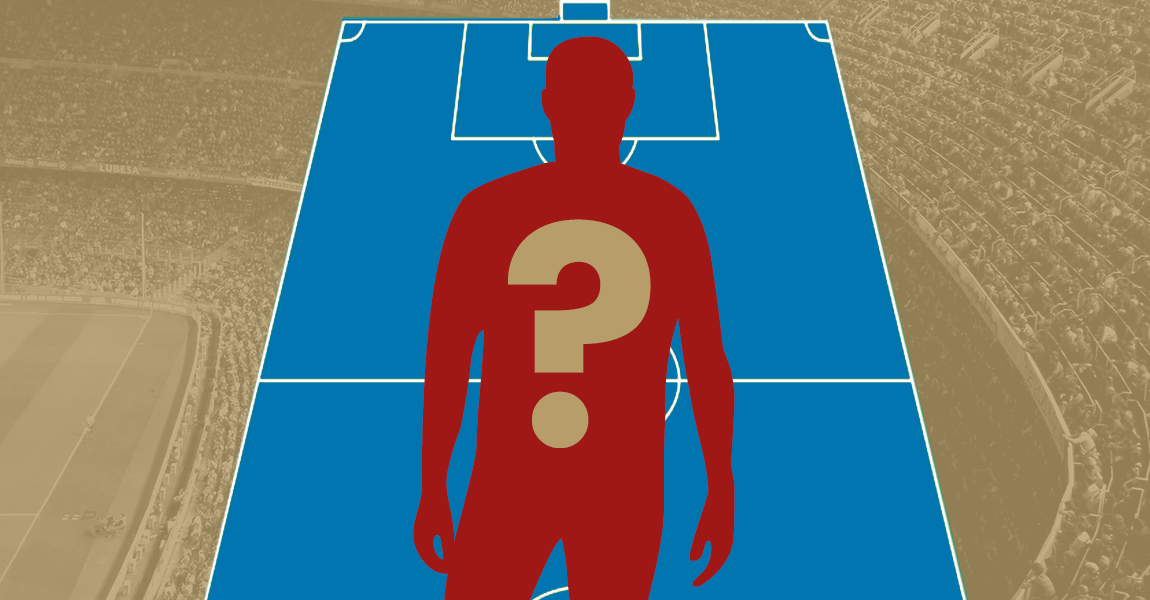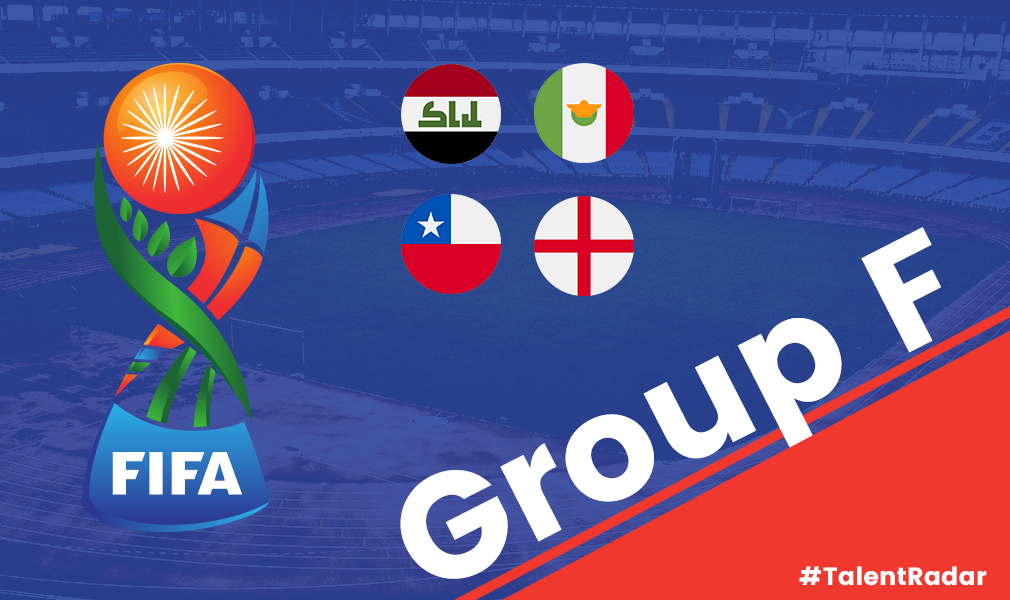As part of our World Cup coverage, we have interviewed journalists, correspondents, experts & writers representing each of the 32 countries to give you, the readers, a better understanding of the 32 nations participating in the 2014 FIFA World Cup. Here are the list of interviewees.

For this interview, focusing on Mexico, we spoke to Nayib Moran. He’s the producer of podcast, Mexican Soccer Show, correspondent with Fox Deportes and a writer for Soccerly. Follow him on twitter @nayibmoran
Mexico seemed to have struggled more that usual during the qualifying round, having faced some trouble during the fourth round and having to take the play-off route for the first time. What went wrong and what measures has the coach taken to fix this?
Mexico being among the 32 World Cup participants is a miracle. If the US men’s national team had not overcame a 2-1 deficit in Panama City against Panama and won 2-3, El Tri wouldn’t be in the World Cup. The qualifying fourth round, or “Hexagonal” how it is known in the region, will be remembered as the worst in Mexican football history.
Estadio Azteca, which was seen as an unbeatable scenario for Mexico national teams, turned into a place where any national team could get a result. In the five home games El Tri played in the mythical stadium, it only achieved one win, 2-1 versus Panama, had three 0-0 ties vs. Jamaica, United States, and Costa Rica, and lost 1-2 to Honduras.
The negative results at home, the mounting pressure from the local press, and the lack of leadership transmitted by manager Jose Manuel de la Torre were reasons for the Mexican national team’s abrupt fall in the CONCACAF region.
New coach Miguel Herrera, who came in during the WC playoffs, demonstrates confidence, wants the press to be united by making his team more open to the cameras’ flashlights, and has gathered the best 23 Mexico footballers available to try to emulate what Ricardo La Volpe’s Mexico did in the 2005 Confederations Cup and 2006 World Cup. Herrera, nicknamed El Piojo, is a La Volpe student and his tactics assimilate to those of the Argentinean. If Piojo’s plan works, Mexico should compete in Brazil.
Will the seniors like Marquez and Salcido be the core of the team, or play more of an advisory role, guiding some of the players, as they look to assist the next generation of Mexican football?
I think the presence of Rafa Marquez and Carlos Salcido leans more towards being advisors and leaders of a team that has a lot of young prospects. Rafa’s career is unmatched to any Mexican footballer, while Salcido is a quiet leader who was part of the team that achieved the Gold medal in London. Rafa will be El Tri’s captain and comes to the big dance after winning two consecutive league titles with his current club, Club Leon. Salcido’s inclusion to the 23-man roster was last minute, but his versatility to play in different positions of the defense and also play in the center midfielder position make him a valuable asset to the team.
Mexican hopes depend largely on Javier Hernandez, but the Manchester United striker hasn’t had a regular run of games in the Premier League club, playing a role of an impact player instead. Do you think it’s a bit or risk pinning the hopes of your entire system on such a player? Or do we expect more from the in-form Oribe Peralta?
Considering Chicharito’s Manchester United career, which has gone downhill in the last two years, it is comprehensible to believe that this Mexican national team would be constructed to get the best out of Hernandez, but it is not the case.
The best Mexico national teams that have won champions in youth and senior levels are the ones that manage to play in one solid unit, never depending on one sole player like this question infers.
After winning the WC ticket against New Zealand, and Oribe Peralta scored five of the nine goals El Tri scored, the forward lowered down the fact that he notched five goals in two games by stating, “I just had to tap them in.” Mexico will have five forwards in the tournament – Chicharito, Alan Pulido, Raul Jimenez, Oribe Peralta, and Giovani dos Santos.
We once again continue to see a large faction of the Mexican national team filled with domestically based players. What could be the reason for this? Is it a testament to a superior Liga MX or inferiority of the players in making moves abroad?
In Mexico, the most important sport is football, while the rest of sports have an amateur-like management. Everything revolves around the football. The footballers’ salaries are some of the best in Latin America, if not the best, making a lot of top-class Mexico footballers second think the chance to try luck in Europe when playing in Liga MX can provide financial stability.
When Mexican footballers arrive in Europe, it is not easy for them to win starting spots in their respective teams. Even those players like Giovani dos Santos, who made a career for himself via La Masia, had it tough to finally lead a successful career with a European club.
Good pay in Liga MX and difficulties that Mexican players in Europe face combine and make the case of an El Tri with more local players than European-based players. But it also has to be noted that in the last years, the number of young Mexican players trying their luck in Europe is increasing, and this trend should enable Mexico to have a more solid senior team in the next World Cups.
Since the 2006 World Cup, Mexico have failed to find consistency in terms of a head coach, having 7 different bosses including 4 in the calendar year 2013 alone. What effect has this taken on the players both mentally and in terms of tactical changes?
Perhaps the only thing in Mexican national teams that has not changed since Ricardo La Volpe’s tenure is the fact that since then, all of Mexico’s senior teams search for the combination which will permit them to compete against the best.
Lately, it has failed as it was the case in the 2013 Confederations Cup, but the idea has been maintained. But it is impossible to suggest that El Tri has a style of play. Every coach that has held the Mexico manager post has tried to integrate their ideas to the national team, creating a huge mess that in the long run affects talented young players like the ones that won the Gold medal in London.
It is important for El Tri to find that style of play, to manage youth process with such cleverness that would permit Mexico footballers to play the same style from U-17 to senior-level. With little days till the World Cup, El Tri’s identity is unknown.

We at Outside of the Boot track the progress of youngsters under our Talent Radar feature. Our focus is thus on Diego Reyes who caught our attention at the London Olympics. He is yet to earn a regular spot at Porto but carries bags of potential. What can we expect from Diego Reyes? Does he fit into Herrera’s plans?
Depending on how many defenders Herrera starts, whether its five or four, that will determine if Reyes will see playing time. If Herrera starts a defensive-line of five, Reyes’ start is assured among the three center-backs. If the Mexico manager starts a defensive-line of four, it is likely Reyes will not start, but I wouldn’t disregard the possibility of seeing him play in the center-midfielder role, which is a position he understands and likes to play. Herrera coached Reyes in Club America.
He is the face of new generation of Mexican footballers, who are more confident and mentally-prepared to lead careers in Europe. Reyes is a center-back that is capable of matching Rafa Marquez’s illustrious European curriculum. At 21, he is already a captain in the making.
Brazil will certainly expect to win Group A. Croatia will fancy their own chances of progression as well. How far do you think Mexico can go? Can they get past the group stage again and what are supporters expecting in Brazil?
That first game versus Cameroon is important for Mexico because a win should enable the team to build on needed confidence to confront Brazil and Croatia. The feeling coming from Mexico is not so optimistic considering the horrific way that the national team achieved its ticket to Brazil.
But I will say that there is reason to be optimistic with this team because Herrera is managing to do something that had not been seen in a long time with the national team, and that is that he has been able to get everyone together (i.e. the fans, the press, the league’s big directors, and the players). There are a lot of players in this national team that know what it means to win and beat the best, therefore I think that this team has the necessary tools to make a memorable run in the World Cup. Maybe, the best in history.
Read all our World Cup Interviews here, and all other WC2014 related content here.
























































